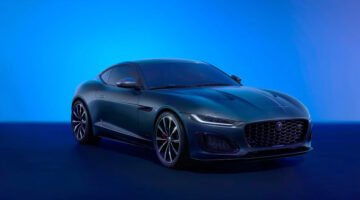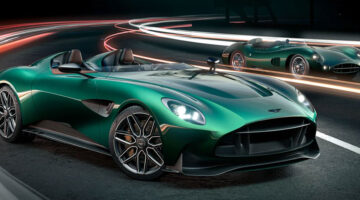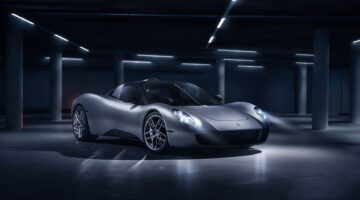The new Jaguar XJR continues a long heritage of awesome big Jag saloons.
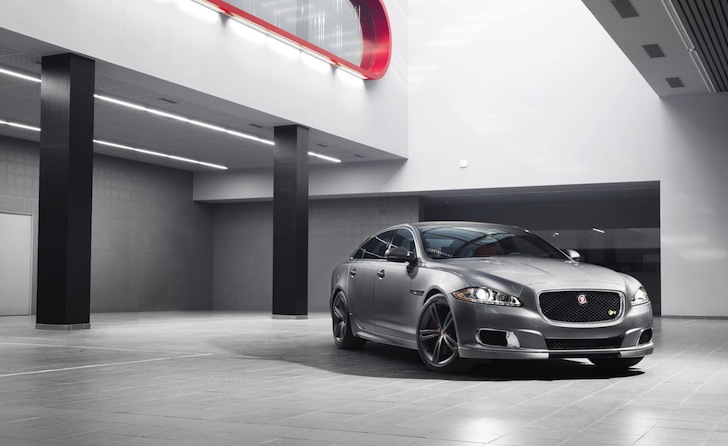
The launch of the new Jaguar XJR got us thinking. What is it about Jaguar that has consistently led them to create seriously gangster big saloons? They’ve been doing it for years: think getaway cars, or the preferred runabouts for renegade cops. Big sedans with cruisability and massive power, equally happy outside the golf club or thrashing sideways around a port, guns being fired from the windows.
The new XJR, with its 542bhp supercharged V8, sits atop the XJ Supersport as the flagship saloon of the brand, and will be unveiled for the first time at the forthcoming New York Motor Show. But does it have both the brawn and the sophistication to carry on Jag’s longstanding tradition of stupendously quick luxo-barges? There are plenty before it.
Jaguar Mark IV
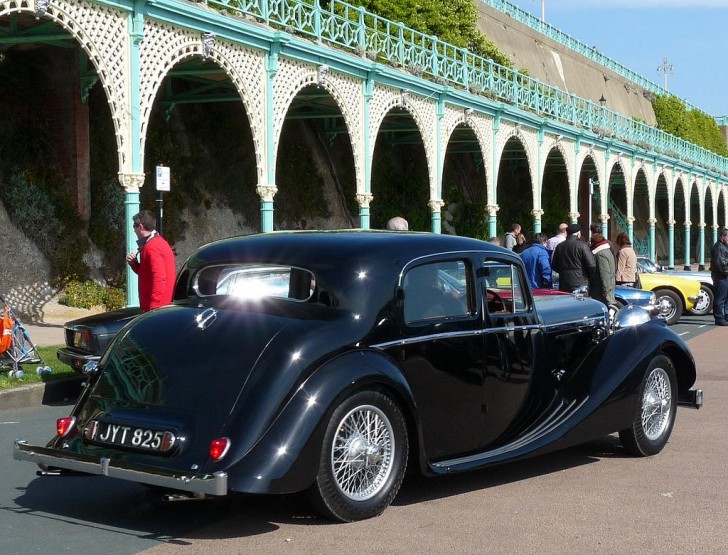
Pic: Andrew
Way back in 1936, a company called SS Cars built a range of vehicles that they called the Jaguar. This range included a saloon car, initially fitted with a 1.6-litre engine, but it lacked performance. So SS added a more powerful 105bhp 2.7-litre straight six (known as the 2 1/2 litre) in 1938, and a 3.5-litre engine with 125bhp the same year. This was the performance model of the range, sacrificing fuel economy for the performance that customers demanded.
Then the Second World War got in the way, but in 1945 SS Cars changed its name to Jaguar Cars limited. And so the same car, now called the Jaguar 3 1/2 litre (and later referred to as the Mark IV), finally became the first bona fide performance big Jag saloon.
Jaguar Mark 2
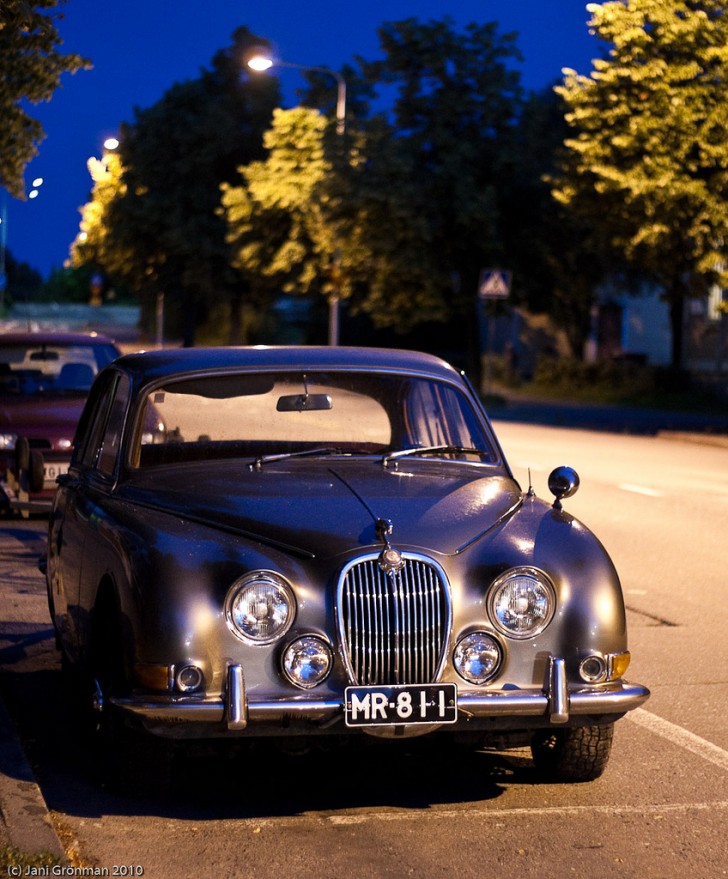
Pic: jkgronman
Fans of British crime drama will recognise the Mark 2 Jag as the vehicle of choice for a certain Inspector Endeavour Morse. Released in 1959, it came with a choice of three inline six engines, the most potent of which was the 3.8-litre (shared largely with the E-type), pushing out 220bhp – a sizeable amount of grunt for the time. It had a wider rear track than its predecessor, disc brakes all round and the 3.8 came with a limited slip diff. This was, make no mistake, a performance car.
To underline that fact, Jaguar took it racing, and it achieved some success in European touring cars. But the road car legacy – of a car for cops and robbers is the one that sticks in the mind most, and its lines formed the basis for the S-Type more than 30 years later.
Jaguar Mark X
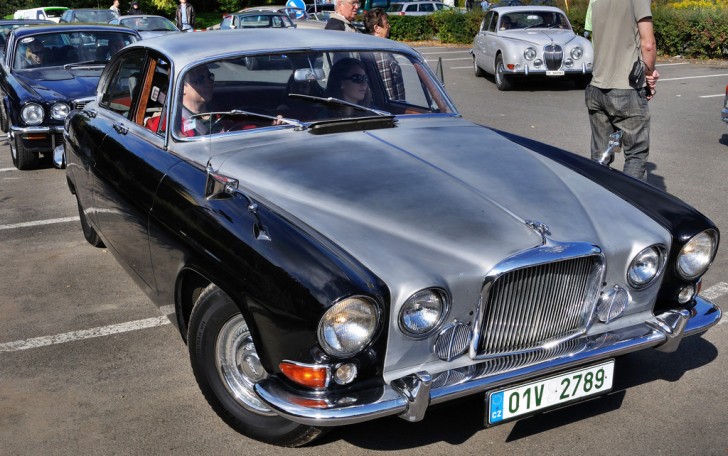
Pic: The Adventurous Eye
Jaguar XJ12
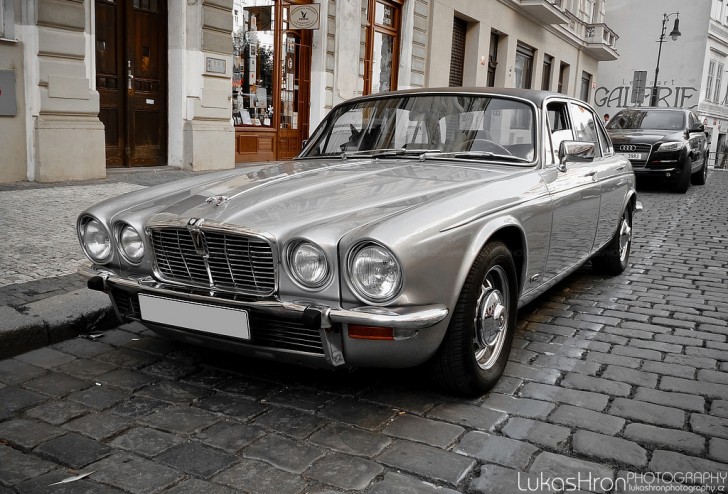
Pic: Lukas Hron
The first Jag sporting the XJ name landed in 1968 with two straight-six engines, but it wasn’t until four years later that the massive 5.3-litre V12 was introduced (with some difficulty) to its lengthy engine bay. This was the first mass-produced four-door V12 and was the fastest of its type in the world, with a top speed of 225kph thanks to its 309bhp. Part of the reason for its power was its heritage – the V12 was based on a unit developed for the XJ13 Le Mans racer, which never actually raced.
A facelift followed a year later in 1973, producing the Series II, of which the above photo is an example. A third generation – the Series III – arrived in 1979, and was produced all the way up to 1992.
Jaguar XJR
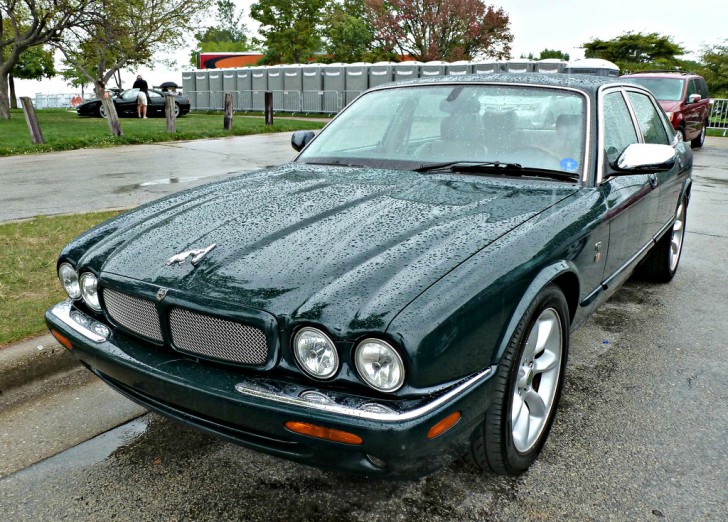
The first XJR-branded Jag appeared as part of the X300 range of XJs in 1994, codenamed the X306. It was notable for being the first supercharged Jaguar, and only the second to used forced induction after the XJ220 supercar. The Eaton blower gave it 326bhp, but it wasn’t until 1997 and the arrival of the X308 XFR that things started to get interesting. This was the first XFR to get an aluminium-blocked V8 – in this case, a supercharged 4.0-litre AJ-V8 – and it produced 370bhp.
This made it a great drive, but it wasn’t particularly reliable. Jaguar’s decision to use a special cylinder lining – called Nikasil – to protect the soft aluminium block backfired in foreign markets, where the fuel was of a lower quality than in the UK. Excess sulphur in the fuel ate through the cylinder linings, leading to a loss of compression and compromised blocks. After replacing a few too many engines for their liking, Jaguar reverted to steel linings, which restored the XJR’s reputation somewhat.
Have we missed a big pimpin’ Jag? Let us know in the comments section below.

